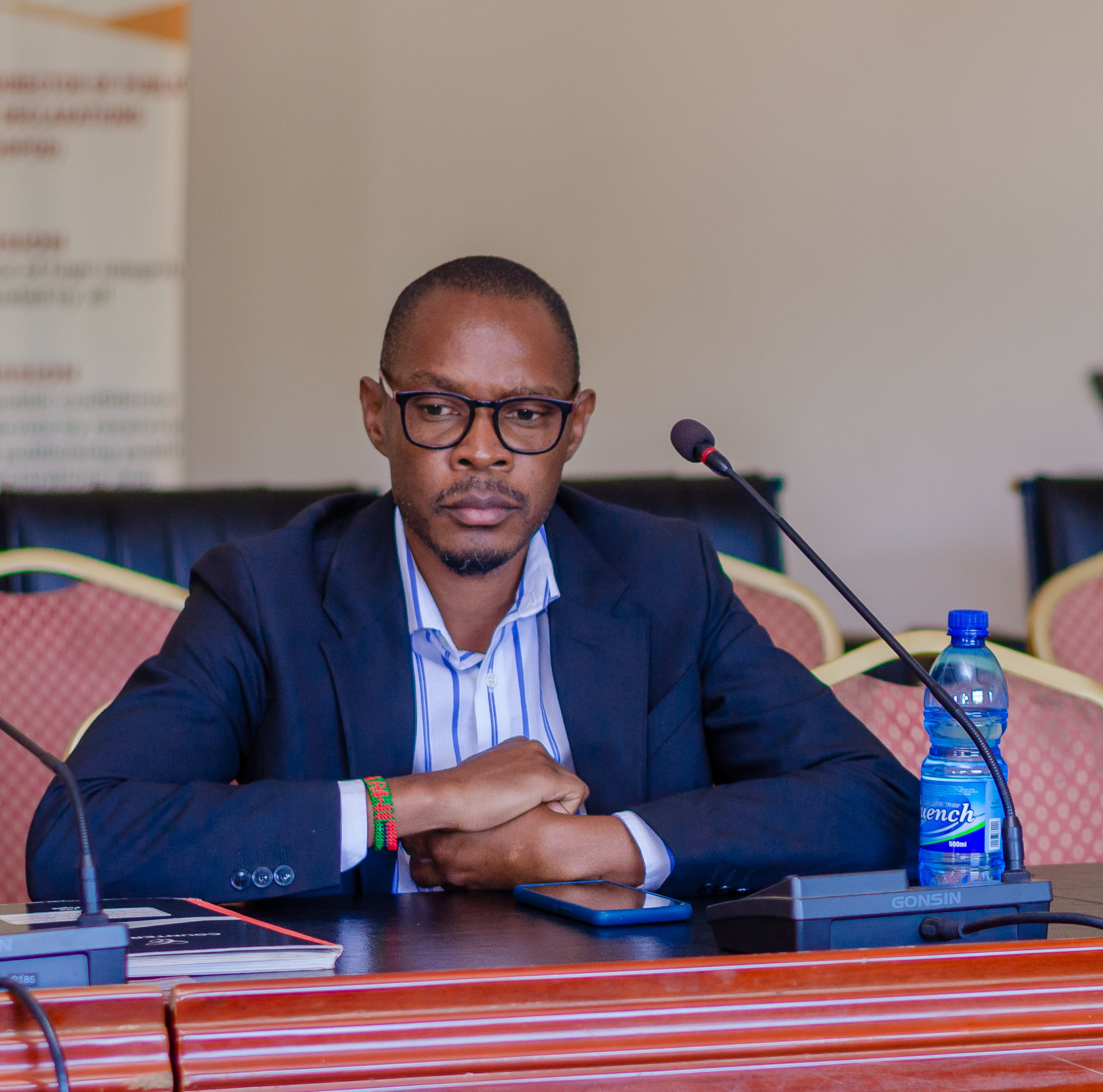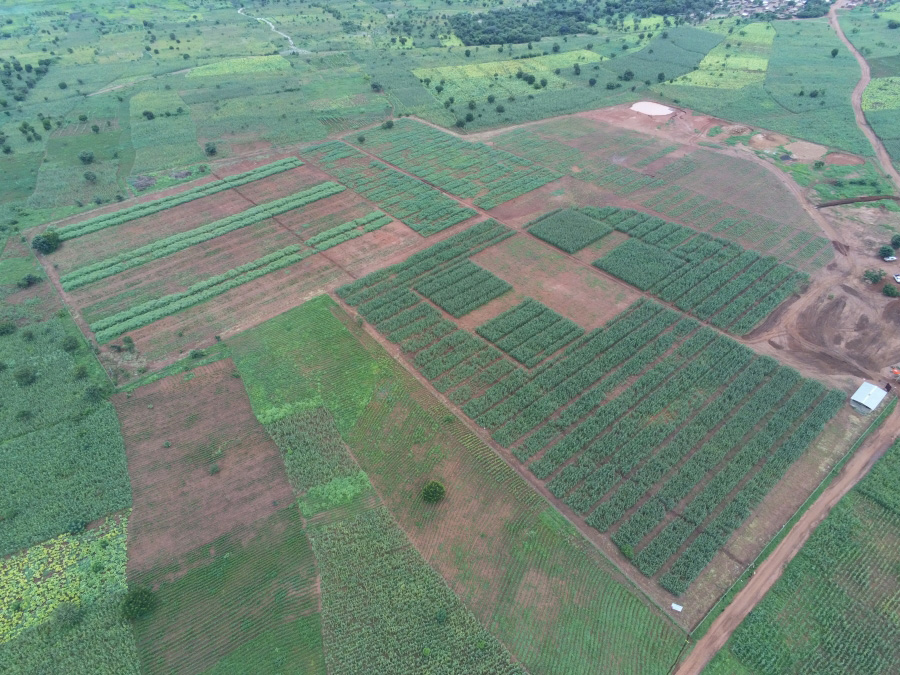Malawian-owned Mwalawanga Mining Company, the tenement holder for Chimwadzulu corundum mining site in Ntcheu, says it is failing to kickstart mining operations at the site due to continued deterioration of the security situation at the site caused by uncontrolled illegal mining activities.
In a Press Release, the Company explains that illegal mining activities have been going on at the site since November 2017 when it was granted the licence to operate the mine for an initial period of 10 years, and the situation has to date reached unbearable levels to be contained by the company’s security personnel alone.
The Press Release reads: “If you notice what is happening on the ground, you will appreciate that the illegal mining activity which even the government’s first security apparatus, sent previously to the mine, had failed to contain, has created a volatile and unconducive environment for investment to take place on the mine.”
“These illegal miners who are mostly from the surrounding communities and helped by other village headmen, have continuously undermined the rights of the licence holder over the mine as provided under the Mines and Minerals Act 2023 and they continue to attack our mine security personnel if they attempt to stop them.”
“Admittedly, this illegal mining operation has continued to lead to loss of revenues to the government and social benefits to the communities, that would have been realised at the mine, through unauthorised sale of illegally mined gemstone products on a daily basis as we wait to develop the mine after approval of the Environmental and Social Impact Assessment (ESIA) Report in April 2024.”
In November 2017, people from the surrounding area started invading the mine on pretext that the licence of the previous tenement holder Nyala Mines had expired hence they no longer had the mining rights over the mine.
The statement explains that since acquiring the licence, Mwalawanga has had many failed attempts to end this problem of illegal mining at the site. In December 2017, the Company in consultation with the Department of Mines sought the services of the Malawi Police Service to restore order at the mine site for a period of a month. Mwalawanga was responsible for meeting the cost of the security officials who included Mines Department Officers staying at the mine site for a month. Later that month in December 2017, the Ministry through the Department of Mines in collaboration with Ntcheu District Council and traditional leaders conducted a sensitization meeting with the local communities to introduce the new company, Mwalawanga Mining Company.
Delays by previous miner to vacate tenement area
Mwalawanga also says it has been failing to kickstart operations at the site due to delays by the previous license holder to vacate the premises. The Ministry of Mining granted Mwalawanga the mining licence in November 2017 “subject to conducting a full Environmental and Social Impact Assessment (ESIA) prior to commencement of mining operation and adhering to the new terms of the agreements of the licence.”
However, previous holders of the licence, Nyala Mines, dragged government to court contesting rejection to renew their licence while they still occupied the mine premises.
The matter was discharged in favour of the Government on February 13, 2018 at the Blantyre High Court.
“Nyala delayed vacating the mine site following the court case and their refusal to vacate the site in time meant that Mwalawanga could not effectively move in to commence any activity or mine restoration,” reads the Statement.
Following protracted arguments with government warning that it will use force to evict the Company, Nyala finally vacated the mine site towards the end of November 2021 having removed all their plant and machinery and demolished most mine infrastructure.
Activities to start production
Mwalawanga states that despite the impediments emanating from invasion by illegal miners and Government legal wrangling with Nyala, the Company has been conducting activities in preparation to start mining.
For example, in the late 2019, Mwalawanga engaged a South African Mineral Evaluator, MTP Resources, to conduct assessment of corundum and associated minerals (sapphires and ruby) on Chimwadzulu Mine.
In January 2020, the Company submitted a Project Brief to the then Department of Environmental Affairs. This was followed by the Terms of Reference (TORs) granted by the Environmental Affairs Department giving a go ahead for the ESIA activity to commence.
The statement reads: “This meant that by early 2020, whilst the company had embarked on an initial ESIA preparations, the country and the mining sector was heavily hit by the Covid-19 pandemic up to mid-2022. This made the situation difficult to operate as most mining companies had suspended operations. The company later lost one of its founding Directors Mr Ishmael Wadi.”
After the Covid-19 Pandemic effects had eased; in February 2022, the company obtained an introductory support letter from the Commissioner for Mines and Minerals for the ESIA consultant, Chiwandama Geo-Consultant, who was engaged by Mwalawanga to conduct the ESIA in consultation with various stakeholders in Ntcheu District.
By September 29, 2023, the company had responded to ESIA comments and submitted the final document to Malawi Environmental Protection Agency for consideration.
The company already imported a washing plant and other required machinery and equipment which were cleared by the Malawi Revenue Authority for the Chimwadzulu Mine which cannot at this time be brought to the site due to security deterioration through the presence of over 1,000 illegal miners at the site who have outnumbered security personnel.
The statement reads: “We believe that the situation was even made worse by the Government through Export Development Fund of the Reserve Bank of Malawi through visitation to the Chimwadzulu Mine area where it encouraged the illegal miners to priotise selling the stones to EDF other than foreigner buyers. This statement at the site escalated the illegal activities at the mine as the illegal miners were now offered a ready market for the illegal stones.”
“The company had on several occasions written the relevant government Institutions that include, Ntcheu District Council, Police Officer-In-Charge, and Ministry of Mining for support on the current security deterioration at the mine site.”
The Malawi Environment Protection Authority approved the ESIA for the mine on March 27, 2024.
Following the approval, Mwalawanga engaged an interested Mozambican potential Partner owing to their experience in the gemstone industry across the world on April 18. 2024 to help in the mine assessment and come up with other modalities of mining operation having had the entire surface area scrapped off by illegal miners.
The company in corroboration with the Mozambican Potential partners has been assessing the viability of doing an underground assessment of the source rock geological formations so as to avoid surface mining that has been disturbed and messed by illegal miners.
The Statement reads: “However, due to the continued security situation, our counterpart from Mozambique could not continue to work under a hostile environment with illegal miners surrounding the area of assessment and operation, which was seen as volatile atmosphere to work in and invest and had since left by September 30, 2024. You will even notice that all access roads on the mine have been destroyed by way of digging by illegal miners.”
“Even the Ministry of Mining could not help the company despite several requests to deploy additional security by MDF personnel on site for a specific period since they last publicized the much-touted MOU with Ministry of Defence to protect strategic minerals across the country.”
With no solution from the Ministry of Mining coming forth, the company had a recent stakeholder meeting which was held at the mine premises on September 24, 2024 comprising the Ministry of Homeland Officials from Lilongwe, Officials from the Malawi Police Headquarters in Lilongwe, Ntcheu District Council, Ntcheu Police Station and all surrounding Community Leaders.
It was at this meeting that a resolution has been made to establish a Police Unit at the mine using the mine infrastructure that will only require some renovations and also have the traditional leaders help vacate the community members from the mine site to allow the company bring in machinery and revamp the mine.
The statement reads: “Mwalawanga strongly believes that with a good conducive environment that the government has promised to create for all investors, if managed well, Chimwadzulu corundum is one of the mining products that have the potential to change the economic status of the country and surrounding communities, hence the need to jealously safeguard the mineral resource from this mine is very crucial.”
“It is for this reason that the Company disputes the twisted facts and sentiments from some misinformed officials and other local leaders that Mwalawanga has delayed the operation and can contain the situation at the mine alone.”
“We look forward to support from all stakeholders to develop this mine soonest for the benefits of the country.”




































